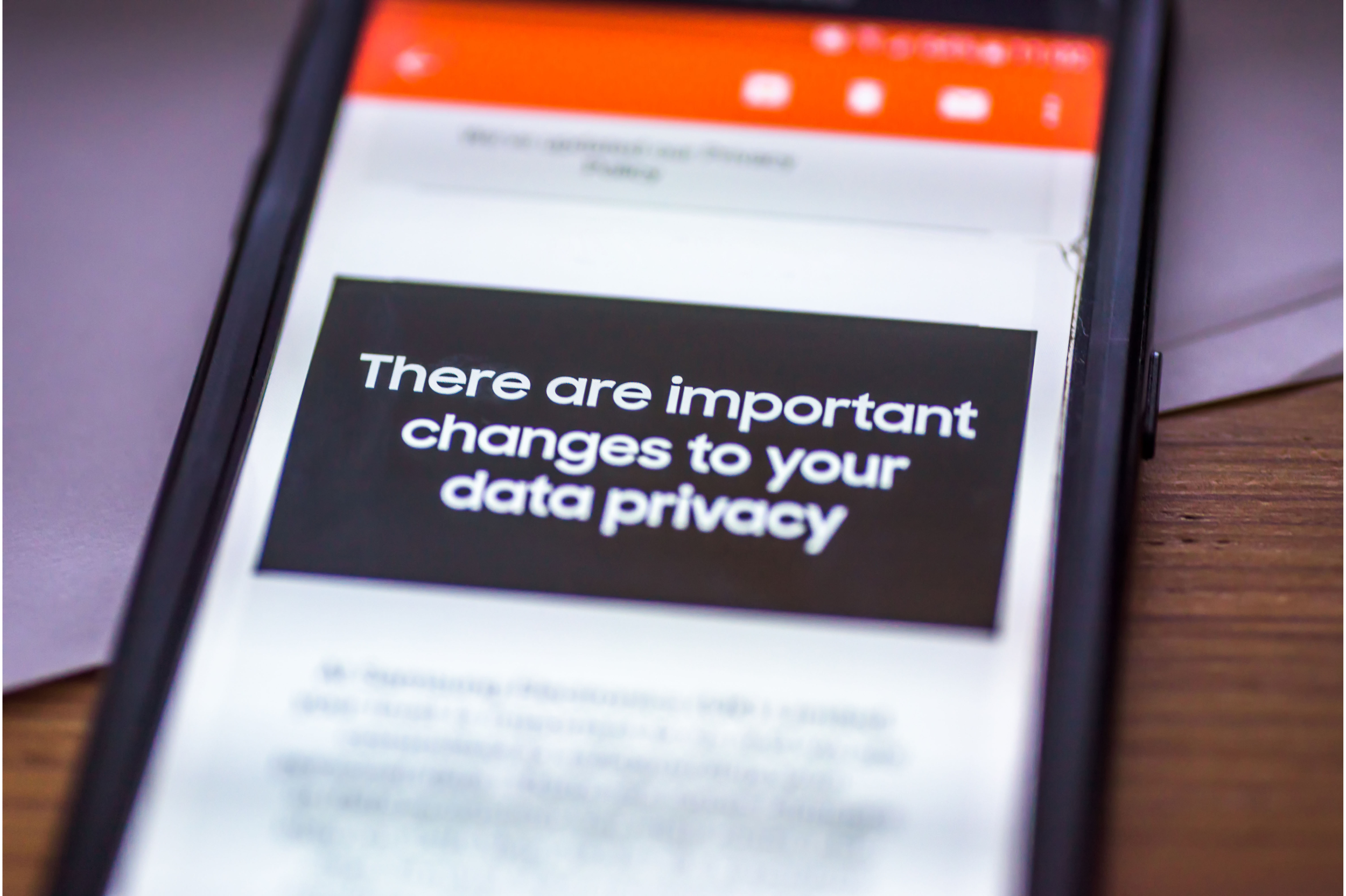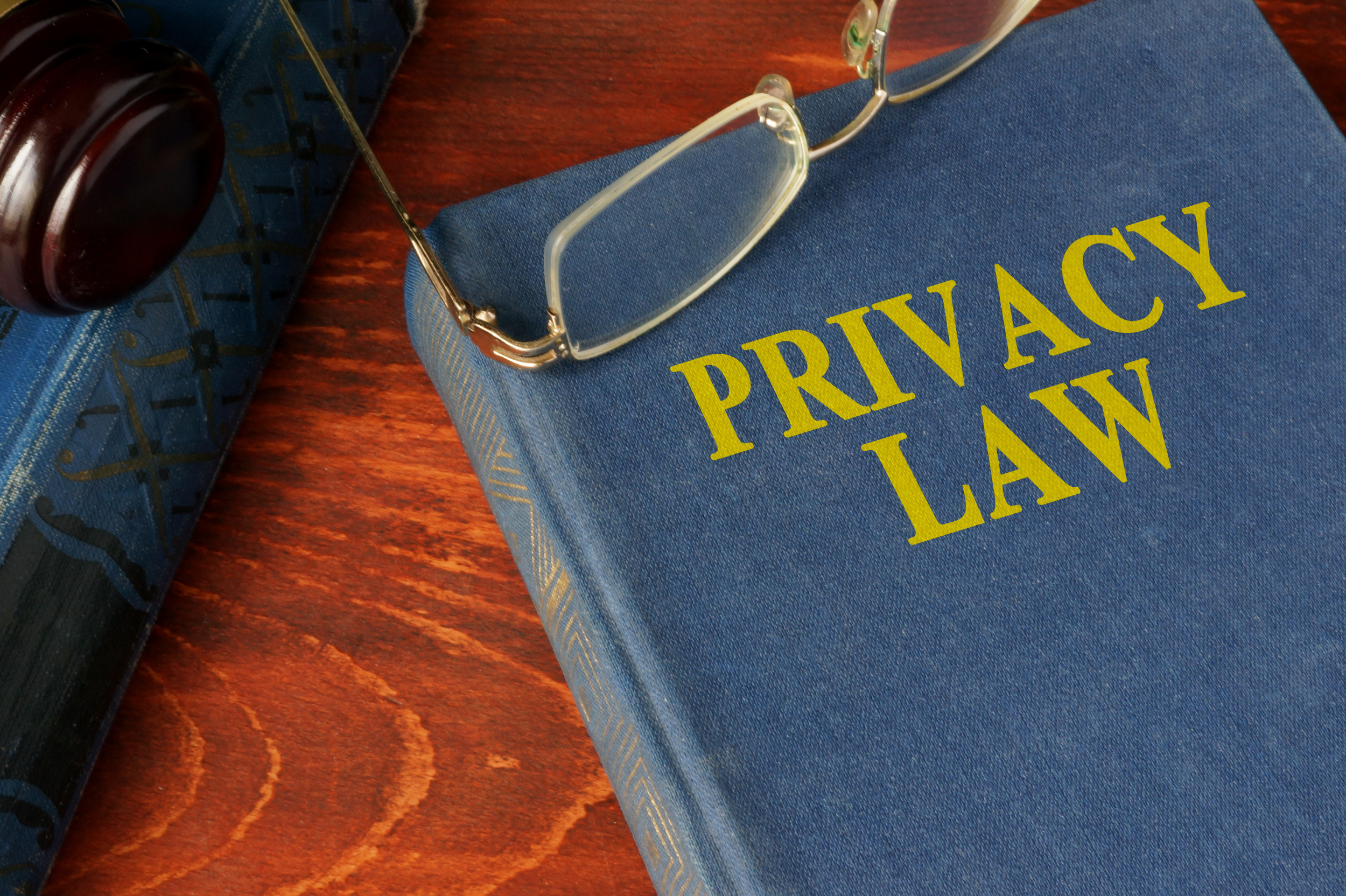A demand-side platform (DSP) is a type of software that uses automation to help advertisers run programmatic advertising at scale. An advertiser uploads creative, sets up targeting, and puts down a budget for their campaigns within the DSP interface. Once the campaign creative is uploaded, the DSP scours through its network of publishers for sites and mobile apps that fit the advertiser’s criteria and makes a bid for placement, resolves the bid, places the ad, and manages payment.
This is an extremely useful capability for advertisers so it is no wonder that there are a lot of DSPs to choose from. The DSP market is huge. In fact, it was valued at $21 billion in 2022 and is expected to expand to $70 billion by 2028. Since there are several nuances in DSP capabilities among different companies, the market for DSP platforms is quite diverse. In total, there are about fifty companies that have capabilities that would classify them as a DSP.
In order to narrow down options, it is critical to understand the key features that will match an advertiser’s unique needs. This article will explain what types of DSPs are available, the key must-have features, and those that meet unique needs, as well as provide recommendations on DSPs to look into.
Omnichannel or Niche? Which Is Better?
The best DSP for an advertiser can only be found by considering what they need the DSP to do. One of the easiest ways to begin to narrow the search is to consider the channels that need to be reached.
There are two broad categories of DSPs—omnichannel and niche.
Omnichannel DSPs address a variety of channels such as: desktop, video, and audio. An omnichannel DSP is meant to be a comprehensive solution that is ideal to scale awareness campaigns.
Niche DSPs are mainly focused on a single channel like apps or video. Some niche DSPs also focus on a particular industry or market as the experts in that space. Niche DSPs are often used when an advertiser has a specific focus that matches up to the DSP. They are also great for more mid and bottom-of-the-funnel advertising objectives.
To choose which option is the best fit, consider advertising goals. If broad awareness is the goal, then an omnichannel DSP may be a good fit. Alternatively, if the advertising goals are more targeted to a specific channel or audience or if the advertiser is targeting lower funnel impressions, then a niche DSP may be a better fit. A relevant example would be an app business that wants to reach new users that have a high lifetime value, then a niche DSP that specializes in in-app advertising channels would be ideal.
Managed or Self-Service? Which Is Needed?
Another great way to narrow down the field of DSPs is to consider if resources are available in-house to expertly manage the DSP and programmatic advertising campaigns, or if help would be needed from a DSP services group.
With self-serve DSPs, advertisers can manage their campaigns individually through the dashboard. Going this route means advertisers have complete control over their campaigns and no additional spend is needed for campaign management. The downside is that advertisers must make campaign optimization decisions themselves: such as bids, budgets, and targeting. In order to be successful with this type of advertising platform, an advertiser really needs a skilled team of media buyers or sufficient expertise in programmatic advertising. If an advertiser plans to use the DSP themselves, then pay special attention to the user interface and ease of use during the evaluation process. The more intuitive it is, the better the experience will be for the internal team.
For managed service DSPs, an advertiser gives control of their campaigns to the service team which is usually hired and assembled by the DSP technology company. This is a great option for companies new to advertising at scale or advertisers who just don’t have the time and resources for managing ad campaigns on their own. In some cases, companies commission it to trading desks. Trade desk professionals can also configure and run campaigns on demand-side platforms on behalf of advertisers who don’t have time or experience for self-service. If this route is preferred, then the selection of DSPs can be narrowed down to those that offer managed services. Instead of spending a lot of time with DSP demos, the focus should be on managed services team results, costs, and proving expertise and value.
Measurement Criteria for Comparing DSPs
After narrowing down the list of DSPs based on advertiser needs for channels and managed services, here is the complete list of features and criteria to validate in order to continue the process to hone in on the optimal DSP.
- Omnichannel versus niche – If an advertiser just wants to advertise on one site, then the DSP associated with that site might be a great fit. If an advertiser wants to ensure they can advertise anywhere, then omnichannel is the best bet.
- Self-service versus managed – The resources available in-house will determine if a self-service DSP is best or if the services of the DSP company are needed. Alternatively, an advertiser can utilize an ad agency who can utilize appropriate DSPs as needed.
- Number of ad exchanges and SSPs – The number of exchanges and SSPs (Supply Side Platforms) that the DSP has access to will impact the number of people that can be reached. More is typically better, but may be reflected in cost. If only a select few are needed then just verify those integrations.
- Geographical reach – Find out which geographies the DSP has access to if it is important to have a presence in certain markets, especially internationally.
- DMP integrations – Beyond the DSP’s integrations with ad exchanges and SSPs, many advertisers also want to integrate the DSP with their DMP (Data Management Platform) or data partners to improve ad targeting and optimization. Be sure yours is on the list for a simple integration process.
- Targeting criteria – Many advertisers have unique factors that go into ad targeting. For instance, a company that sells alcohol needs to ensure they can filter out their audience by age. Ensure that the DSP has the filters needed to target the desired audience.
- Customer satisfaction – Check for peer reviews to ensure that a DSP performs in use as well as it does in a demo.
- Training and support – If selecting self-service, make sure that there is easy access to great support documentation and live help.
- Ease of use – Those choosing self-service also need to be sure that the user interface is logical so knowledge transfer is frictionless as users change.
- Language handling – If it is important to reach global audiences using many languages, then make sure that the DSP makes it as easy as possible (read: automated) to do this well.
- Cost – The price needs to work in the budget relative to the value it provides. Most DSP vendors have great tools to calculate ROI and prove value.
The important part of evaluating DSPs comes first by evaluating how critical these features are to the advertiser. For instance, is reaching Brazil and translating ads into Portuguese a must-have? A nice-to-have? Or not at all needed? Do the work upfront internally and it will make DSP evaluation much simpler.
DSPs to Consider as You Begin Your Research
The best way to start narrowing down your DSP search is to prioritize what criteria will bring the most value to your company. If you know that your team requires a lot of initial onboarding support, perhaps a smaller DSP such as StackAdapt or Viant Adelphic is the way to go to ensure your team’s needs are prioritized. If you are looking for a DSP that has the biggest market share with numerous client success stories, then maybe larger DSPs such as The Trade Desk, Google Marketing Platform, or Yahoo! are the best fit.
If you already collaborate with specific data partners that fill in your data gaps, ask for their list of current and soon-to-be DSP partners and use the above criteria to narrow in on the best option. For instance, ShareThis works with numerous Demand Side Platforms—a few of which are listed below—and we continue to expand our ability to integrate with any platform that clients work within. Moreover, ShareThis can seamlessly onboard audiences to any DSP even without direct integrations, with the help of data connectivity platforms such as LiveRamp, Eyeota, and Lotame.
A Sample of DSPs That Have Direct Integrations with ShareThis
You can view a full list of ShareThis Integration partners here.
Select a DSP that Works in a Cookieless Future
DSPs can create incredible value for advertisers. They put advertisers in control of filtering and segmentation, bring campaign management into one platform, and can improve target accuracy. That said, this is an important purchase decision knowing that the landscape for audience matching is in the process of changing dramatically with the deprecation of cookies.
While not a specific feature, ensuring that the DSP purchased is innovating in ways to handle ad targeting and buying in a world where the IDs from third-party cookies don’t exist is critical. Ask to speak with product management to understand the DSP vendor’s approach to the cookieless future. It is also helpful to look at a DSP vendor’s integration strategy to indicate they are bringing in data sources that add value in a cookieless world. ShareThis is one of those data sources to look for.




